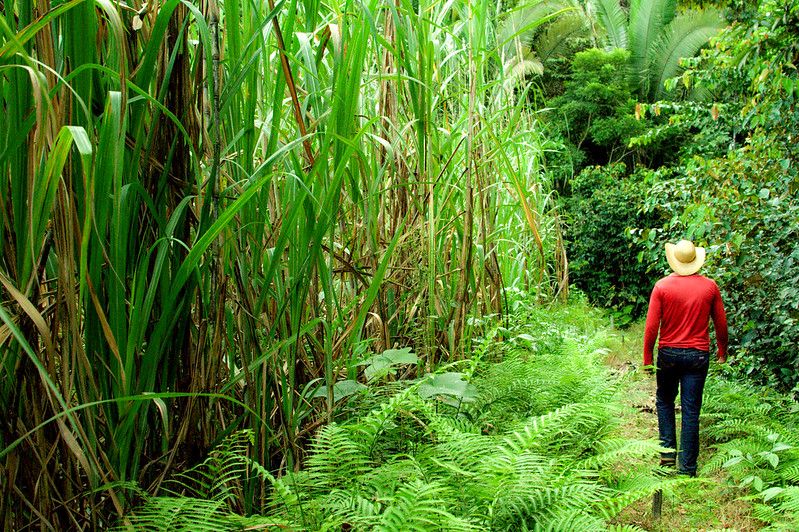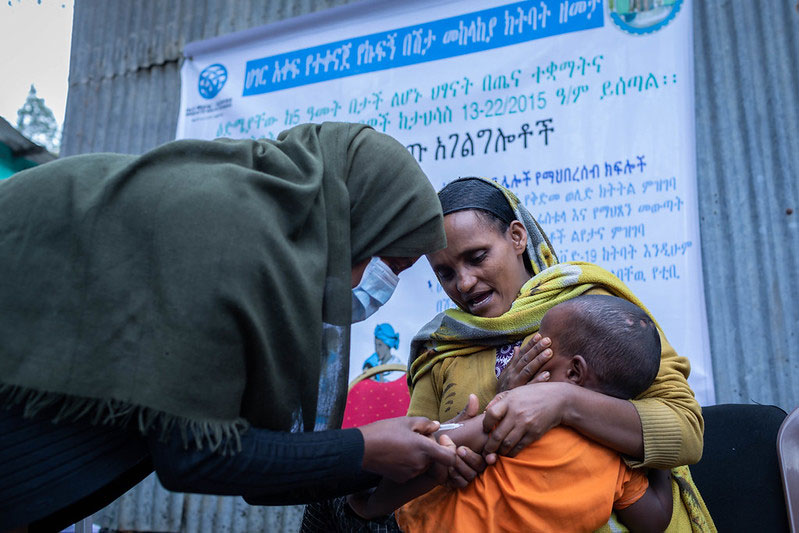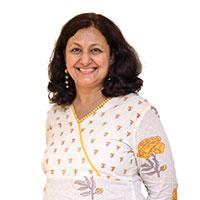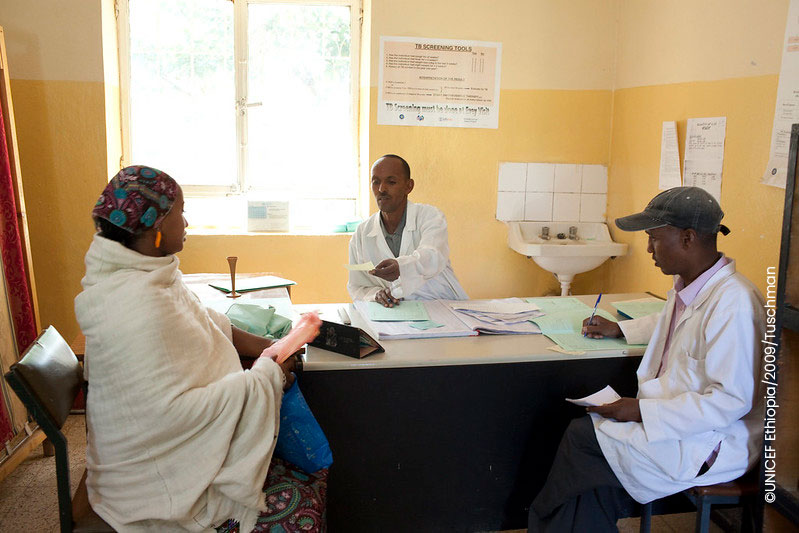At 3ie, with our biggest offices in India and the United States, we're currently treading on both sides of a stark, life-and-death divide. On our regular video calls, our faces are intermingled on the screen. But right now, when we step away, we walk into different worlds.
Fully vaccinated Americans can now go outside without a mask, according to recent guidelines from the US Center for Disease Control. More than half of the adults in the country have received at least one dose of the vaccine. It is a sharp turnaround from the spiking caseloads of just a few months ago. Society is reopening.
At the other end of the world, in New Delhi, the once-overflowing streets and marketplaces are empty. Clinics, hospitals, crematoriums, and burial grounds are full. Sharp sounds of sirens have replaced the cacophonic din of traffic and people. Disinfectant, smoke, and fear are in the air.
As per the latest figures reported to the World Health Organization, there have been 22,992,517 confirmed cases of COVID-19 in India with 249,992 deaths. As of 3 May 2021, a total of 160,418,105 vaccine doses have been administered in India out of about 1 billion worldwide.
We are among the people who add up to those numbers – mostly with vaccinations on the US side and COVID cases on the India side. For those of us in the Delhi office, these case numbers summon names, faces, and memories.
At all hours of the day, phones light up with pleas for help. Some are from loved ones, peers and colleagues; others are from strangers. Some need oxygen, medicine or medical equipment at home. Others need hospital beds and lifesaving support. A fortunate few get the help they need. The majority relentlessly continue to scour their sources offline and online. Health systems and medical professionals are overwhelmed, as are those depending on them.
In Delhi, we're not just witnesses to the effects of the pandemic, we're trying to survive it. The "second wave" is a tsunami that is at our doors. It is extracting an incalculable physical, emotional, psychological, financial, and environmental cost – and it is definitely not over.
While the vaccine rollout offers some hope, epidemiologists caution the worst is yet to come. It's hard to comprehend what that really means, but if what we've witnessed recently is any indication, there are more horrors to come.
Even for those of us in India, we're acutely aware that we're among the privileged few who can work at home and keep our jobs. As development professionals, we're painfully mindful of those who are worse off. Intellectually, we know our work is important and does make a difference in the real world. Still, recently it has felt hollow. Listening to plans for in-person meetings about development programming or watching colleagues plan for travel to other countries has never felt more foreign.
This pandemic has exposed and exacerbated pre-existing inequalities in health systems, education, technology, the economy, and in myriad other ways. We're deeply aware of these inequalities around us—within our teams, the cities we live in, and across the world.
These inequalities will not simply disappear.
In the international development sector, our work aims to tackle the global divide between higher-income and lower-income countries. The pandemic has shown us, with terrifying lethality, just how big that divide still is.
When we can breathe again, we must take a hard look at how the development community operates. Because we must learn to do better. And we must learn quickly.
This blog is authored by 3ie staff.
Comments
Well said. Our thoughts are with those in New Delhi and across India.









Completely agree with the views expressed here. The situation is truly heartbreaking. Inequality is indeed a matter of life and death -- and we do need to do better.